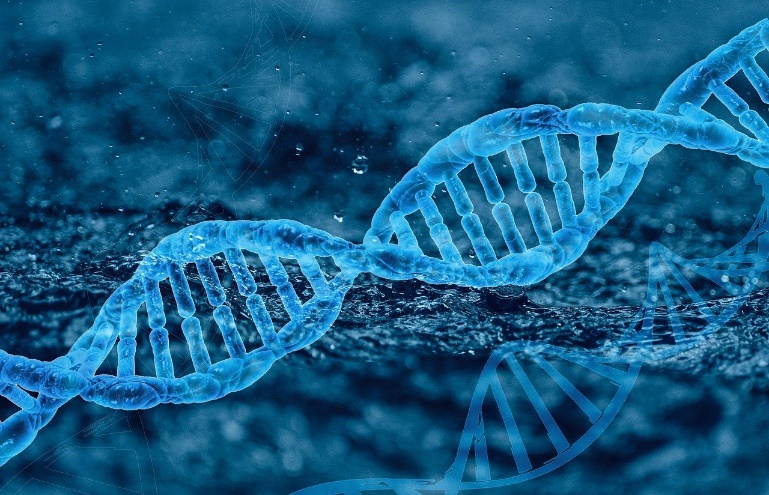
Baby Born Deaf Can Hear After Breakthrough Gene Therapy
In a landmark advancement in gene therapy, Opal Sandy from Oxfordshire has shown remarkable progress in the global CHORD (Children Hearing and Oral Restoration through DNA) trial, significantly advancing the treatment of auditory neuropathy. This condition disrupts nerve impulses from the inner ear to the brain, leading to deafness from birth. Remarkably, just four weeks after receiving a gene therapy infusion in her right ear, Opal began responding to sounds, an encouraging sign given her prior complete deafness. The therapy utilizes a benign virus to deliver a functional copy of the OTOF gene, which is critical for producing otoferlin—a protein necessary for the inner ear’s hair cells to communicate with the hearing nerve—directly into the cochlea. This offers a potential alternative to traditional cochlear implants. Results at 24 weeks post-treatment were encouraging, showing near-normal hearing capabilities in Opal’s treated ear for softer sounds and speech.
This trial represents a potential paradigm shift in treating genetic hearing loss, moving beyond mechanical aids to correcting the underlying genetic issues. As gene therapy advances, it could significantly change the landscape of pediatric audiology by providing lasting solutions to genetic hearing conditions, which are often more complex than auditory neuropathy. The CHORD trial emphasizes the need for early genetic screening and intervention to enhance outcomes for children with similar conditions through gene therapy.
Baby Born Deaf Can Hear After Breakthrough Gene Therapy (NHS Cambridge University Hospital, 5/9).




